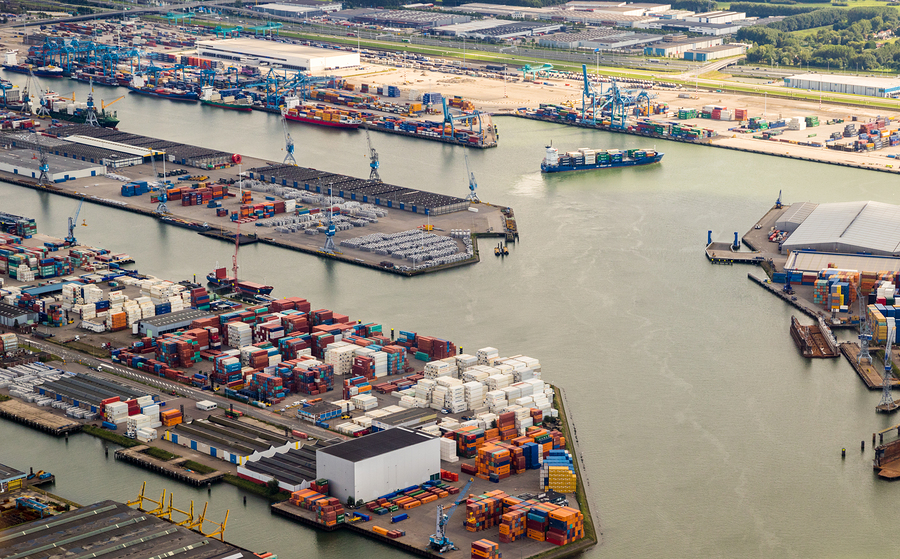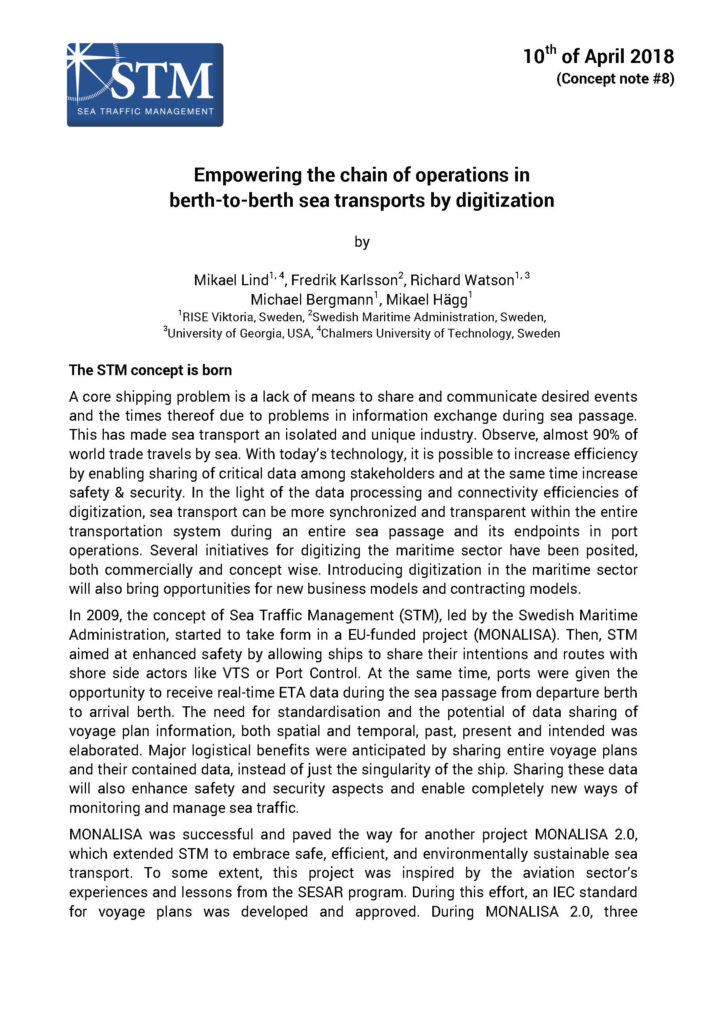Last week the Port of Rotterdam announced it will be using the STM standards for vessel arrival times. Sea Traffic Management has been under validation by 13 ports, 300 vessels an 5 shore centres under an EU funded project.
STM is mostly about message format standardisation, and like the parallel Port Collaborative Decision Making messaging standards that are also under proposal, seen as a key communication tool to promote cross business and cross- sector, communication.
In the latest concept Note written for publication on Fathom.world the authors assess where STM validation needs to go, to move from a theoretical messaging format, through a period of validation and texts, and hen to commercialisation
“Standardised message formats need to be adopted among different stakeholders to enable capital conversion activities to seamlessly connect across organizations,” write the authors. They go on to say that a general adoption of STM’s Route Exchange Format (RTZ) and Port Call Message Format (PCMF) is essential.
The Route Exchange Format provides both the geographical nature of the voyage and the schedule of the whole voyage including departure and arrival times, while the port call message provides a basis for sharing intentions and outcomes (in the form of time stamps), such as when a berth is available and needed, associated to movements, services, and status of agreement.
But for STM (and other tools using a messaging format in the maritime sector) it relies on industry wide wake up, and take up. While the 13 ports, 300 vessels and 5 shore centres taking part on the European funded validation project are a start, they represent a drop in the ocean to gaining the full benefit of standardisation.
Read the full Concept note here
www.fathom.world


































